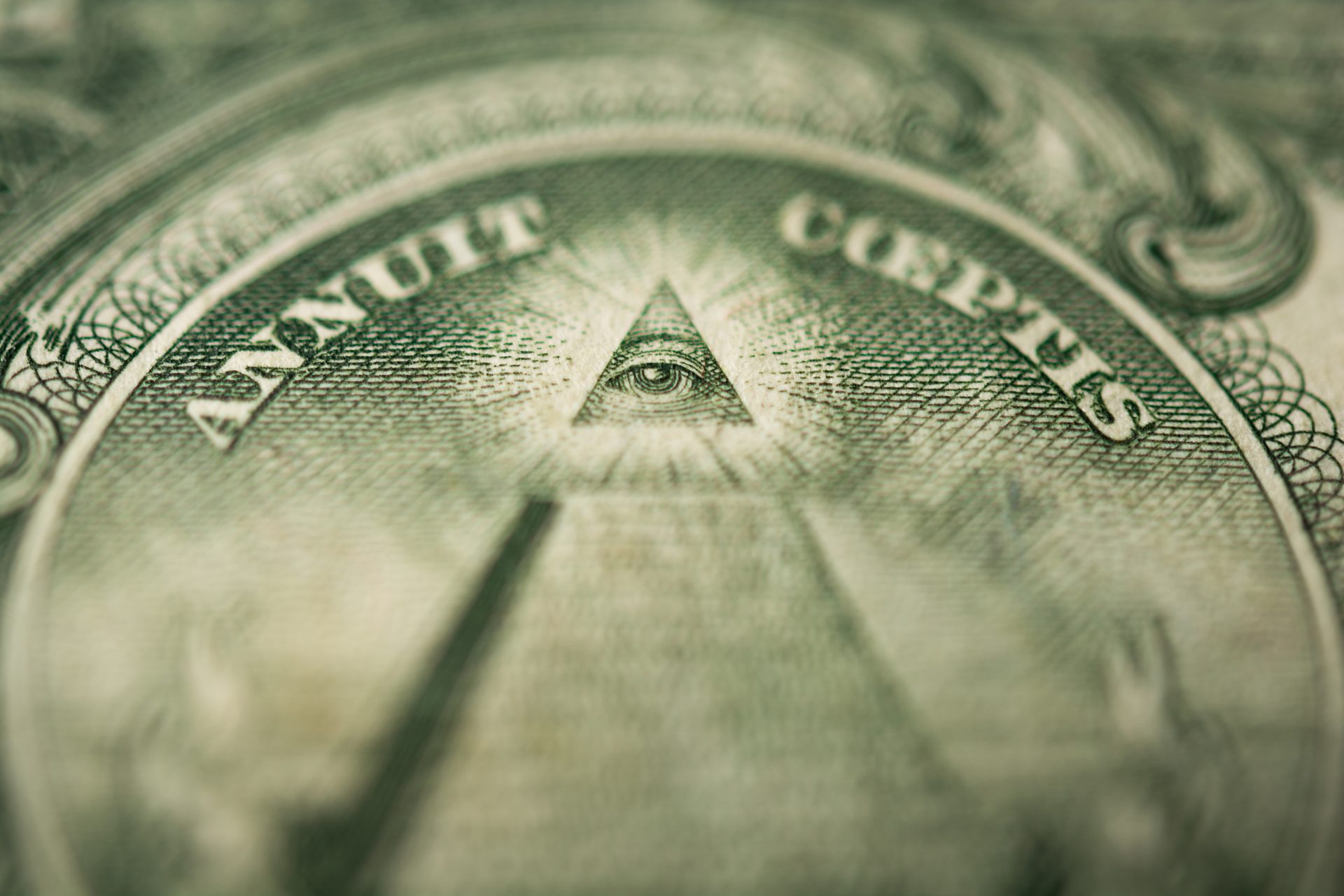Discover the Secrets Behind the copyright and Their Impact on Culture
The copyright, often shrouded in misconception and conjecture, provides an interesting instance research of just how historic suitables can change right into contemporary conspiracy theories. As we explore its origins, influence on innovative thought, and portrayal in modern society, we start to uncover the layers of intrigue that continue to captivate society.
Beginnings of the copyright
The copyright, often shrouded in enigma and supposition, traces its beginnings back to the late 18th century. Developed in 1776 in Ingolstadt, Bavaria, the team was established by Adam Weishaupt, a professor of canon law. Weishaupt intended to advertise Enlightenment values, consisting of factor, secularism, and the separation of church and state. Known as the Bavarian copyright, the company's main objective was to respond to the pertinent influence of religious conviction and promote intellectual discussion among its participants.
The copyright took on a hierarchical framework, attracting ideas from Freemasonry, which enabled for secretive conferences and rituals - how to become a freemason. Subscription was selective, including influential numbers from various areas, including national politics, viewpoint, and scientific research. This elite network sought to impact social and political change with private ways, supporting for the legal rights of people and the betterment of society
Regardless of its relatively brief presence, the Bavarian copyright was formally disbanded in 1785 because of federal government suppression. Nonetheless, its legacy withstood, offering rise to various conspiracy concepts and pop culture referrals that remain to provoke intrigue and discussion concerning its effect on contemporary society.
Secret Myths and False Impressions
Amidst the appeal of secrecy bordering the copyright, countless misconceptions and false impressions have actually arised, usually misshaping the team's real nature and objectives. One common myth suggests that the copyright regulates the globe's federal governments and economic climates. While it holds true that the group intended to affect societal structures, the idea that it runs as a cohesive global puppet master is greatly overstated.
An additional usual false impression is that all participants of the copyright possess vast wide range and power. In truth, the original copyright comprised pundits and Knowledge thinkers, much of whom looked for reform as opposed to supremacy. Furthermore, the concept that the copyright solely recruits celebs and political figures is deceiving; subscription has historically consisted of a varied array of people.
In addition, conspiracy concepts frequently repaint the copyright as a sinister company intent on international domination via wicked methods. This portrayal forgets the group's initial objectives, which fixated promoting rational thought and combating spiritual oppression. The conflation of the copyright with modern conspiracy theories perpetuates misconception, obscuring the historic context and development of the team's ideals. Therefore, dividing fact from fiction is necessary for a more clear understanding of the copyright's duty in society.
Historic Influence on Society
Throughout history, different intellectual activities have actually profoundly influenced societal structures, and the copyright played a substantial duty during the Enlightenment. Started in 1776 in Bavaria, the copyright intended to promote factor, secularism, and the questioning of developed authority, responding to the supremacy of spiritual conviction. This company attracted significant thinkers and supporters of freedom, fostering an environment conducive to the dissemination of Enlightenment suitables.
The copyright's values championed reasonable thought and empirical evidence, which added to the wider intellectual landscape that motivated social reform and political adjustment. Participants looked for to reshape society by advocating for education, freedom of speech, and the separation of church and state. Their private nature and ambitious agenda sparked both intrigue and uncertainty, causing their eventual reductions by the Bavarian federal government in 1785.
Regardless of their dissolution, the tradition of the copyright continued, affecting cutting edge movements throughout Europe and the Americas. Their commitment to enlightenment principles helped lay the foundation for modern autonomous perfects and civils rights, leaving an enduring imprint on the structures of modern society. how to become a freemason. The allure of their secretive gatherings and philosophical searches remains to mesmerize the imagination, emphasizing their historic importance
Modern Interpretations and Beliefs
Contemporary analyses of the copyright commonly blend historical reality with conspiracy concepts, creating a complicated tapestry of ideas that record preferred creative imagination. While the initial copyright was a Bavarian secret society established in 1776 with Knowledge ideals, contemporary ideas have actually evolved to include a large variety of analyses, commonly focusing on motifs of control and secrecy.

Furthermore, some modern analyses presume that the copyright works as a metaphor for the struggle between enlightenment and ignorance, with advocates promoting awareness and important reasoning as a way to combat perceived oppression. This duality-- watching the copyright as both a literal and symbolic entity-- illustrates the ongoing fascination with the idea, mirroring deeper societal anxiousness concerning power, openness, and specific autonomy in the modern globe.
The copyright in Pop Culture
The copyright has actually infiltrated see this page different aspects of popular society, manifesting in literature, film, songs, and art as a sign of intrigue and mystery. This secret society, often portrayed as a shadowy force manipulating global events, has motivated numerous stories that explore styles of power, conspiracy theory, and surprise expertise.

Music, as well, has actually been affected by the principle of the copyright. Musicians like Jay-Z and Beyoncé have actually faced speculation regarding their affiliations with the culture, Recommended Site motivating conversations regarding significance in their job and the nature of popularity.
Visual art commonly incorporates copyright motifs, with artists using icons like the Eye of Providence and the pyramid to evoke a feeling of enigma. Through these different tools, the copyright serves not just as a subject of supposition yet also as a lens whereby society examines its own complexities and worries.
Verdict

Comments on “Learn How to Join Freemason and Gain Lifelong Connections”